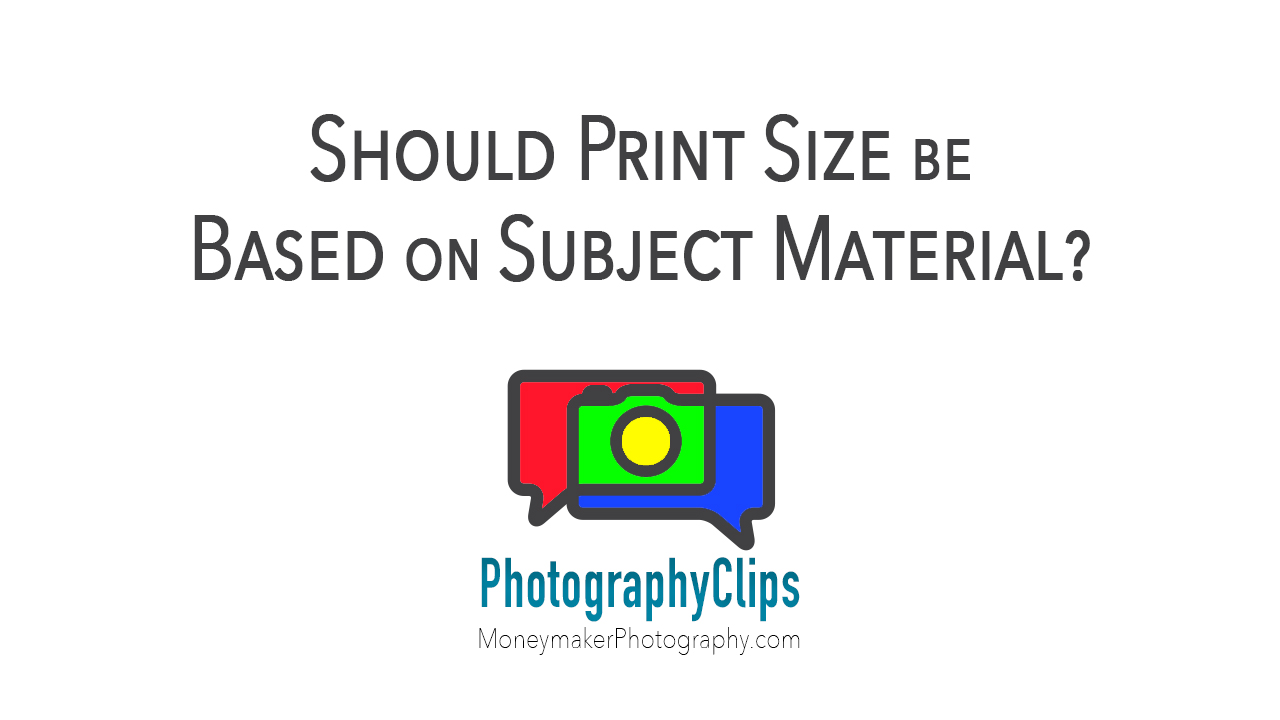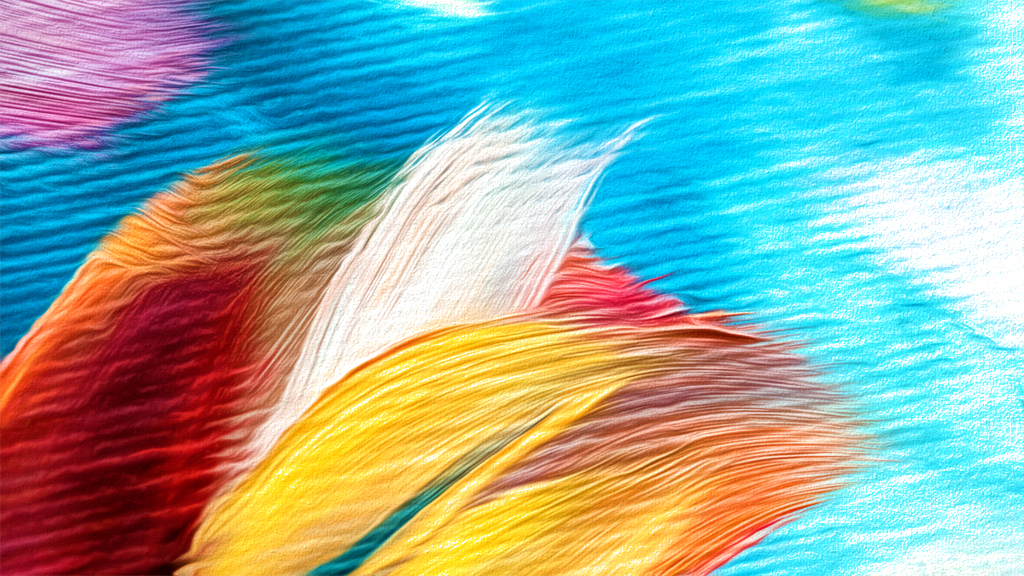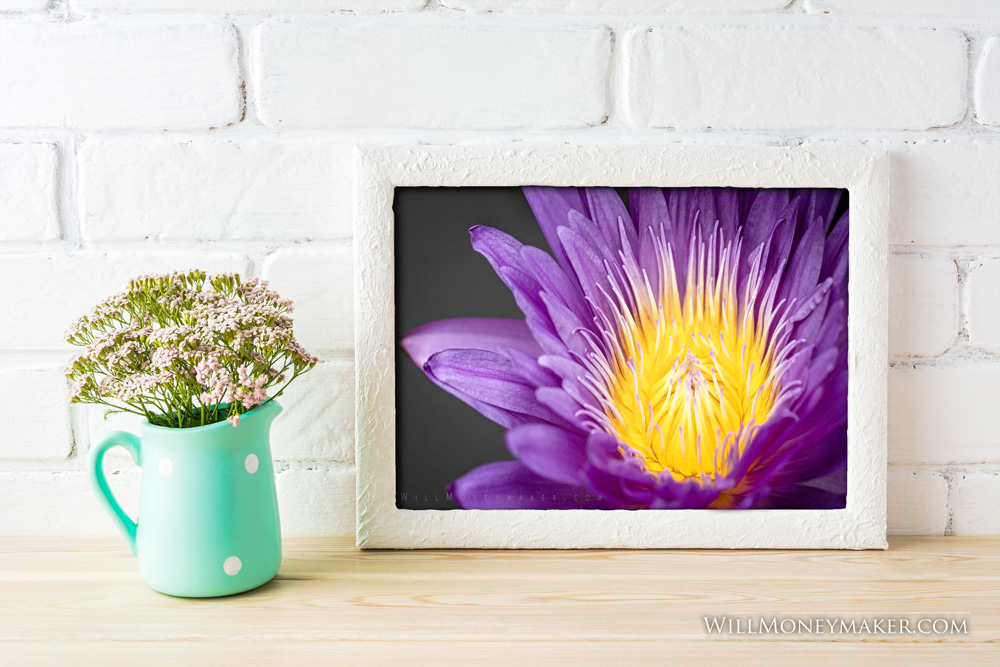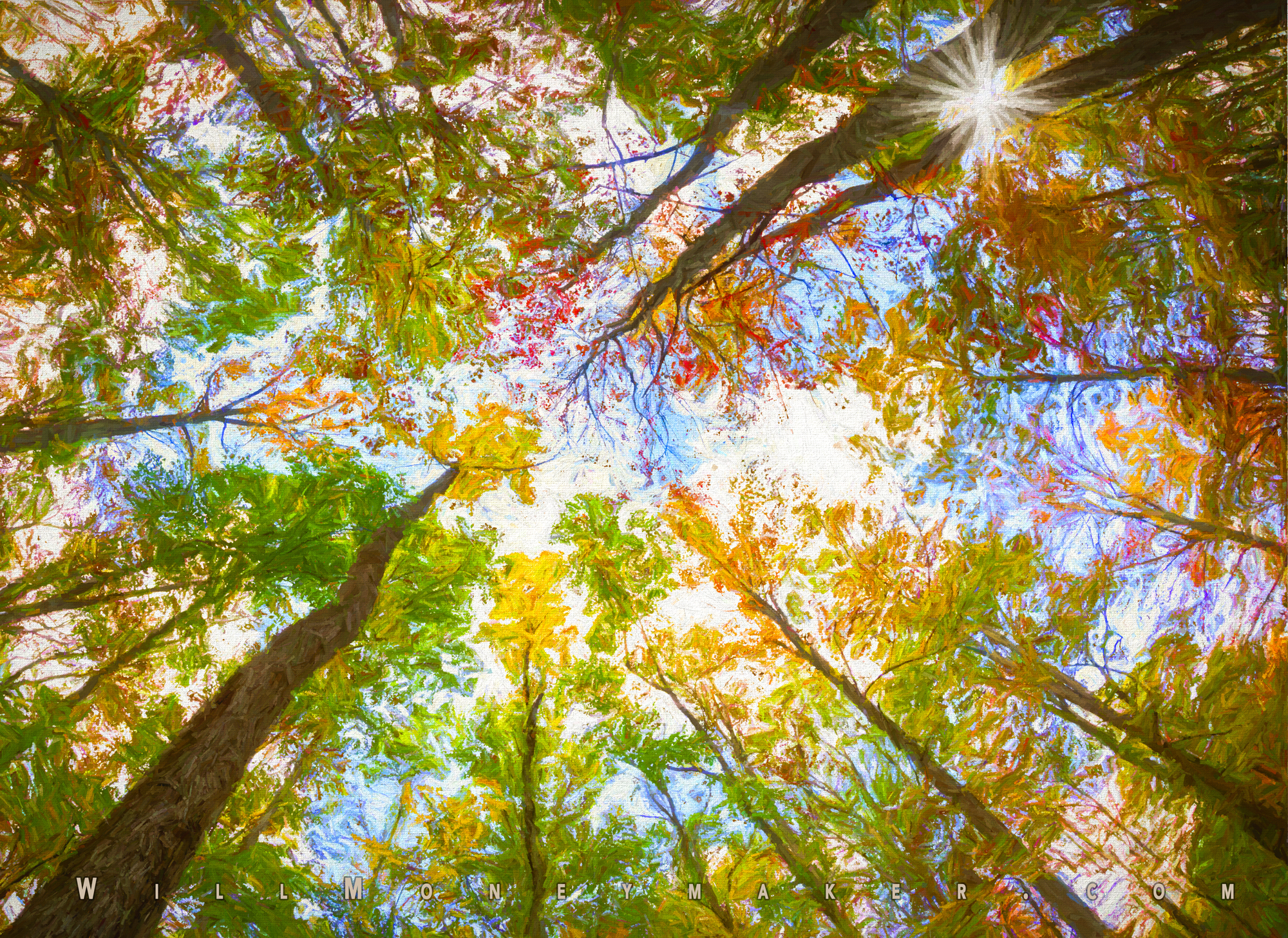How do you choose print sizes? There are all kinds of ways to do it. Sometimes, the decision is based on where you’ll display those prints. A photo on a desk might be no more than 5×7, but if you’re thinking to hang it above the mantle, you may want 16×20 or even larger. The decision could be based on how close you want your intended audience to be: Smaller if they’ll be near to it, larger if they’ll be far away. There are times, too, when print size selection is a choice that comes down to how well you like the photograph. I have to admit, there have been times when I’ve enjoyed an image enough that I want to print it large, regardless of subject material, viewing distance, or where it will be displayed.
But there’s another way to look at it, one that takes into consideration the ways in which we tend to view different types of photographs. Small photographs — 5×7 or prints around that size — are kind of like single-serving images. That’s not to mean that you’ll look at them once and be done with them, but more when you do look at them, the tendency is to take in the entire image at once. Like a piece of candy, finished in one bite. Conversely, images at the larger end of the scale, 16×20 or higher, are more like a meal. You’re not going to get it all in a single bite. Instead, the temptation is to linger over it and look at all of the details that have been enlarged, to let the composition lead you around the photograph.
So maybe this is a way to choose print sizes. Not by view distance or for display purposes, but by subject material and composition. Think about an image that is light on details, perhaps an abstract that features some sort of geometry — the beauty of curves, or patterns in circles, squares and so on. These types of images are often meant to be viewed as a whole so that you can enjoy the overarching pattern or the simple beauty of the captured lines. Perhaps these are the images that work best as smaller prints.
And at the other end of the spectrum, think about images with lots of leading lines and plenty of details. A photograph taken in the midst of a city, for instance, where the roads lead the eye through the composition, and along the way, there are tons of details to take in, from cars and pedestrians to storefronts, signs and the contrasts between one building and the next. Is this perhaps an image that is better off printed large so that viewers feel the temptation to linger and examine all of those details? Of course, there are lots of ways to choose print sizes, and sometimes we don’t always have a choice in the matter. Clients may want prints in specific sizes regardless of subject material, or perhaps we find ourselves making a book, which means that all prints will end up small. But when we do have the choice, this is one method that is worth thinking about.





